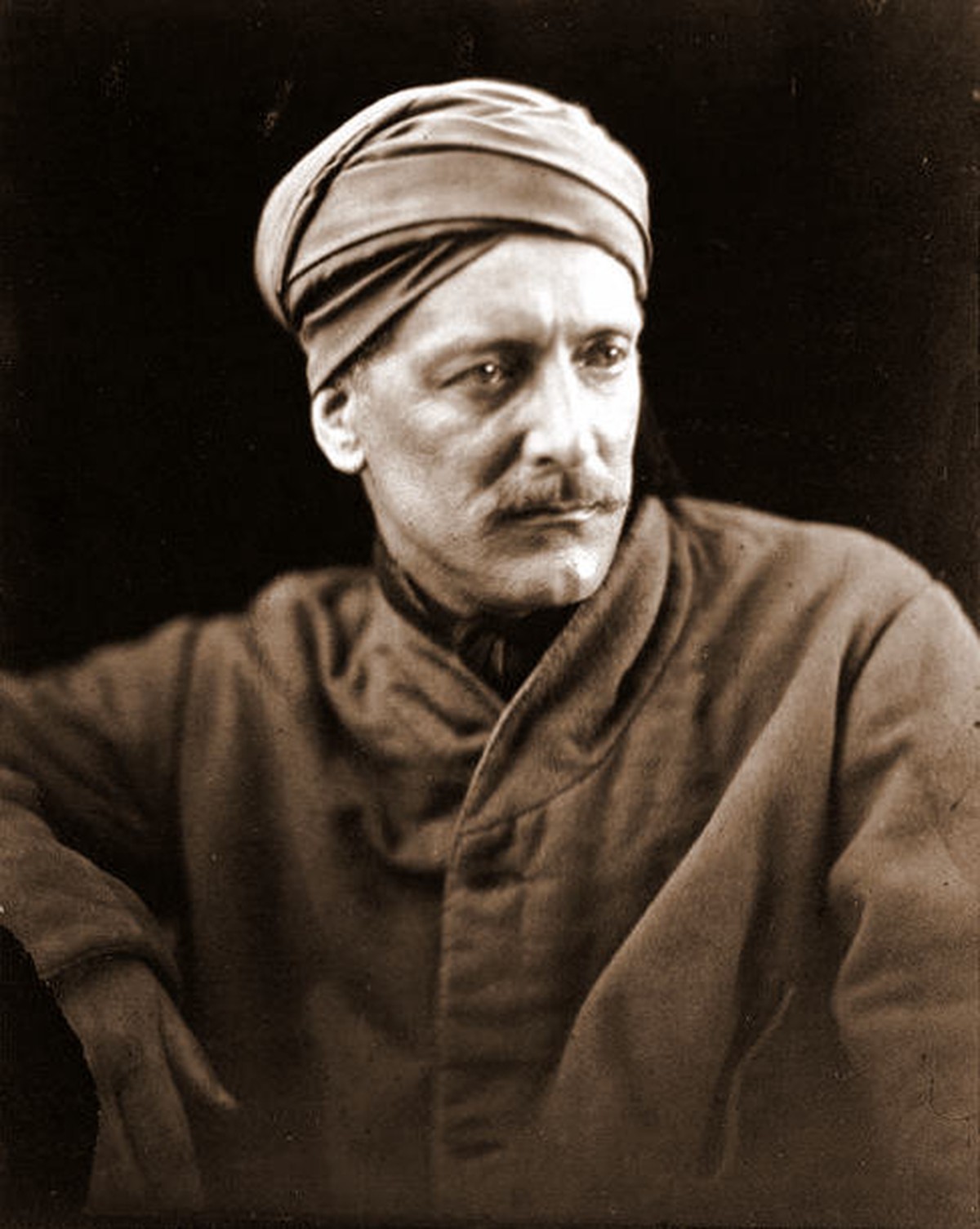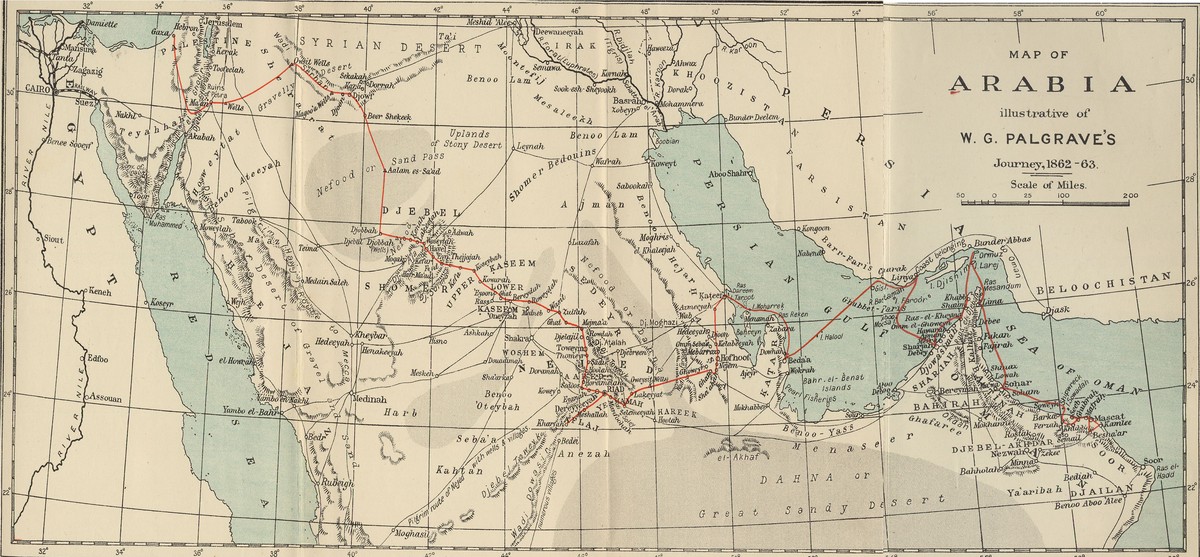15/05/2025
15/05/2025

By day, Kuwait pulses with modern energy — glass towers reaching into the sky, wide highways humming with traffic, the aroma of coffee drifting from every corner. But when night falls, and the desert wind grows still, an older Kuwait stirs. One made not of skyscrapers, but of whispers. And in those whispers, the name Um Al Duwais lingers.
She is not found in official records or textbooks. Her story is passed down from grandmother to grandson, murmured around campfires, hinted at on desert drives. To many, she’s a ghost. To others, a jinniyah — a shape-shifting demon. But to those who believe, she is real. A beautiful killer who still walks the sands, waiting for the next man to be drawn in by her beauty... and punished by her wrath.
The Face That Floats in the Dark
“She doesn’t walk. She floats.”
That’s how Abu Salem, a 74-year-old retired pearl diver, describes her. He grew up in a coastal home in Sharq, where tales of Um Al Duwais were as common as tea at dusk.
“They say if you see her smile,” he adds, “it’s already too late.”
In every version of the tale, Um Al Duwais appears first as a vision of perfection — a woman cloaked in a flowing black abaya, her eyes kohl-lined, her skin glowing like moonlight. The air around her smells of oud and jasmine, thick and hypnotic. She appears alone on quiet roads, often in the deep desert, and always at night.
But it’s a trap.
Those who dare approach — usually men — discover too late the truth beneath the veil. Her legs become goat-like, her bangles turn to blades, her eyes burn red. And then they vanish. Nobody. No blood. Just sand disturbed, a car engine still running, or sometimes... nothing at all.
Understanding the Cultural Role of Um Al Duwais Explorers, Travelers and folklorists interpret the tale of Um Al Duwais not merely as a ghost story, but as a cultural mechanism of social control. Her beauty is seen as a metaphorical weapon — a symbol of temptation used to deliver moral lessons. In tribal societies where values like honor, chastity, and restraint are deeply embedded, her legend functions as a warning against adultery, vanity, and wandering far from communal norms. Much like figures in other global mythologies, such as the Sirens of Greek lore or La Llorona in Latin America, Um Al Duwais is believed to personify both desire and danger — a haunting narrative that guides behavior through fear and symbolism.
The Man Who Saw Her — And Survived
Not everyone believes she’s just a tale. Ask Majed, a 32-year-old delivery driver who says he came face to face with her on the road to Al-Jahra.
“It was maybe 2 a.m.,” he recalls. “I saw a woman by the road, abaya, veil, standing still like a statue. I slowed down. She didn’t move. But when my headlights hit her face…”
He shudders. “It was smooth. Like wax. No eyes. No mouth. Just blank.”
The moment he looked away, she was gone.
Majed doesn’t like to tell the story. But online forums, Reddit threads, and late-night radio programs across the Gulf are filled with similar accounts. Most are anonymous. All are terrified.
Not Just Kuwaiti — But Deeply Kuwaiti
Though similar stories of spectral women haunt other Gulf nations — Um Al Khoush in Bahrain, Um Al Sasa in Oman — the Kuwaiti version is among the most vivid and enduring.
Some trace her origins to pre-Islamic jinn mythology. Others say she embodies the spirits of wronged women — betrayed, buried, or silenced in the emptiness of the desert.
According to the Mecca newspaper, in the past, women often went to great lengths to keep their husbands faithful, even if it meant inventing terrifying myths such as Aisha Qandisha, Umm Al-Duwais, or Umm Jalumbo. The primary goal was to keep the man under control. Some even suggest that the mysterious disappearance of certain men was due to them being abducted to the underworld—at least, that’s what folklore claimed. Another theory, however, is more sinister: some women may have killed their husbands and blamed it on the mythical, blameless Umm Al-Duwais.
Lamia Kashmiri, 38, says she wishes the myth of Umm Al-Duwais were real. She's fed up with her husband, whom she mockingly calls "Basbas." “Following my grandmother’s old traditions,” she says, “I created a story about Umm Al-Duwais to scare him, hoping it would keep him from going out late at night. I told him she might kidnap and devour him.”
She elaborated on the legend: “They say she’s stunningly beautiful, in her early twenties, and anyone who sees her becomes entranced. She cooks her victims’ flesh—either boiled or grilled—in the deepest layers of the hidden world.”
However, Lamia’s plan didn’t work. Her husband wasn't frightened as she had hoped. “So,” she adds, “I decided to turn to the legend of Raya and Sakina as a final attempt.”
Several working women shared similar views, believing that myths like Umm Al-Duwais may have served as convenient cover stories for actual crimes, such as a wife murdering her husband and hiding the body. In those days, when forensic science was nonexistent, such legends provided an easy scapegoat for sudden disappearances: the helpless and falsely accused Umm Al-Duwais.

William Gifford Palgrave, a 19th-century British explorer and writer, is best known for his work Narrative of a Year's Journey through Central and Eastern Arabia (1862–63). In this travelogue, Palgrave provides detailed observations of the cultures, societies, and landscapes of the Arabian Peninsula during his travels. While his primary focus wasn't on supernatural entities, he does touch upon local beliefs and folklore, including mentions of spirits and jinn, as part of his broader ethnographic observations. Um Al Duwais shares traits with the Si’lat (shape-shifting demons), the Ghoula, and even the European Succubus or Siren — beautiful destroyers used to keep society in check.
Her name, Um Al Duwais, may stem from duwais — a reference to her ornate gold bangles, which in some stories become sharpened tools of vengeance. It's both a cultural identifier and a symbol of her trap.

A Living Memory
“She’s not just a myth,” Abu Salem insists, voice low as if the desert might overhear. “She’s a memory. A warning. And maybe... if the night is quiet enough, she’s still listening.”
In a region charging toward modernity, Um Al Duwais remains a tether to the old world — a shadow in the rearview mirror of progress. And while you may never see her, you’ll feel her story in the chill of the wind when you drive alone at night… or in the silence just after you hear a sound that wasn’t supposed to be there.
Because in Kuwait, some stories never die. They just wait....


